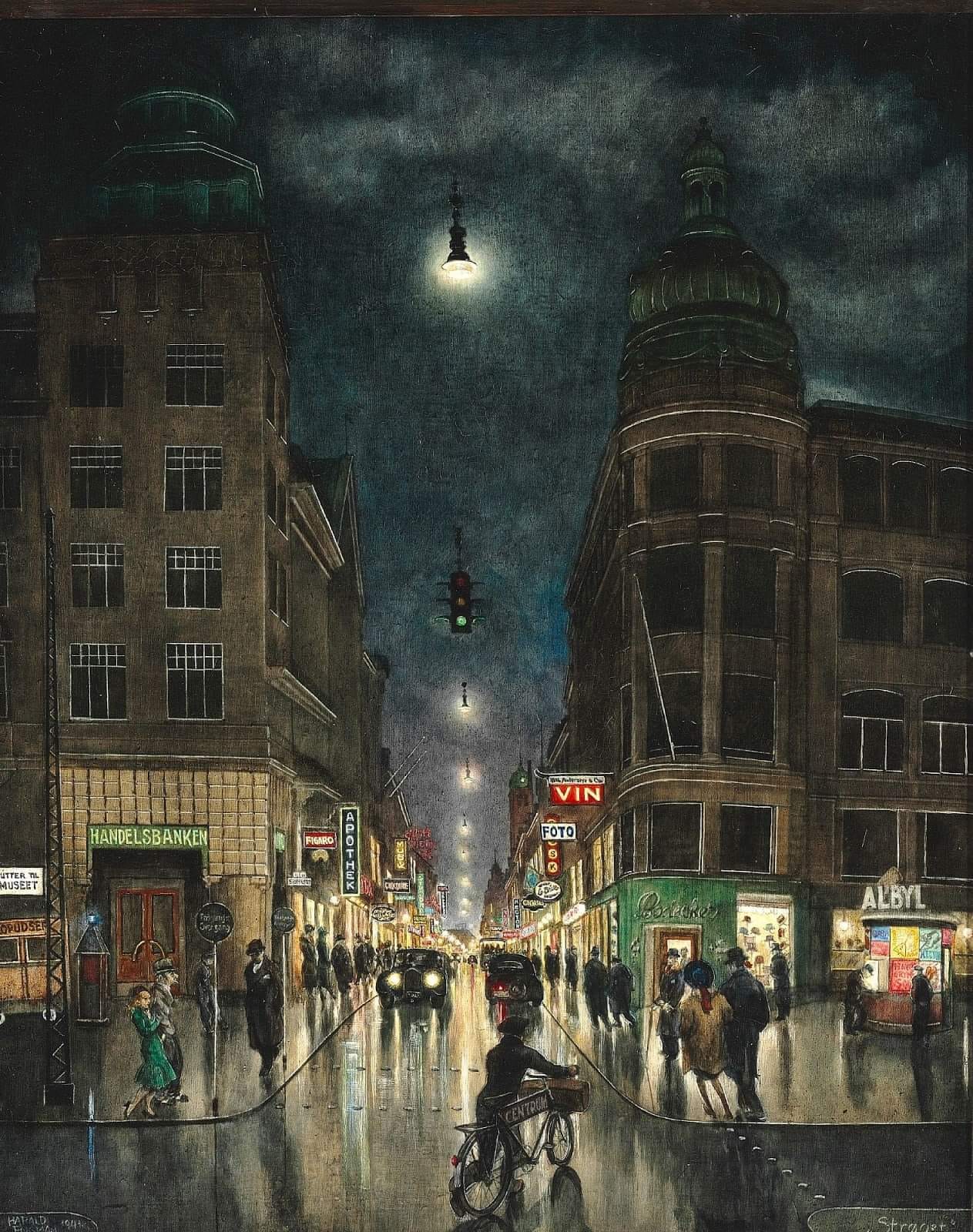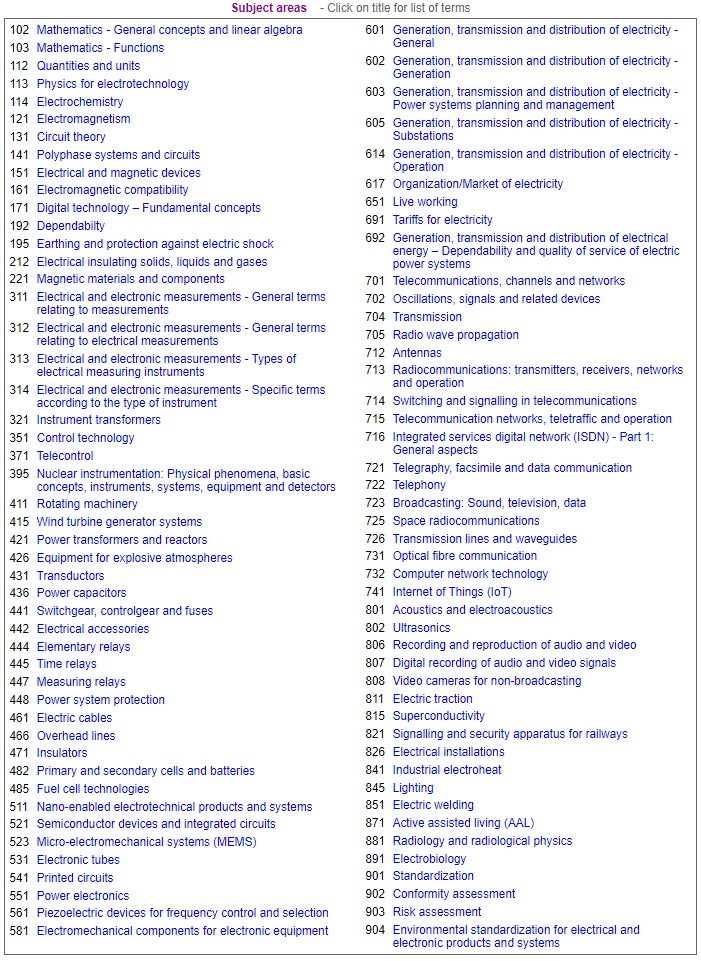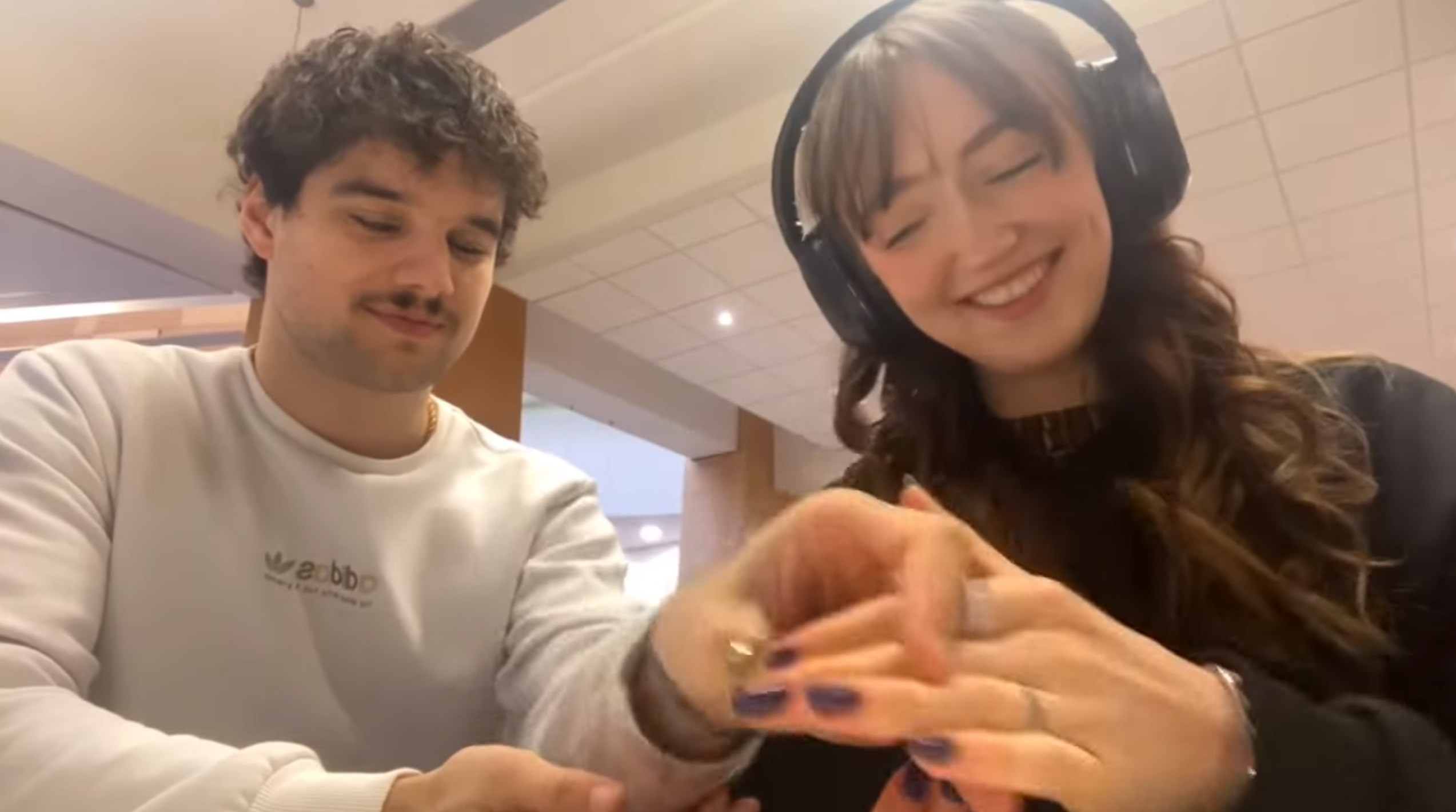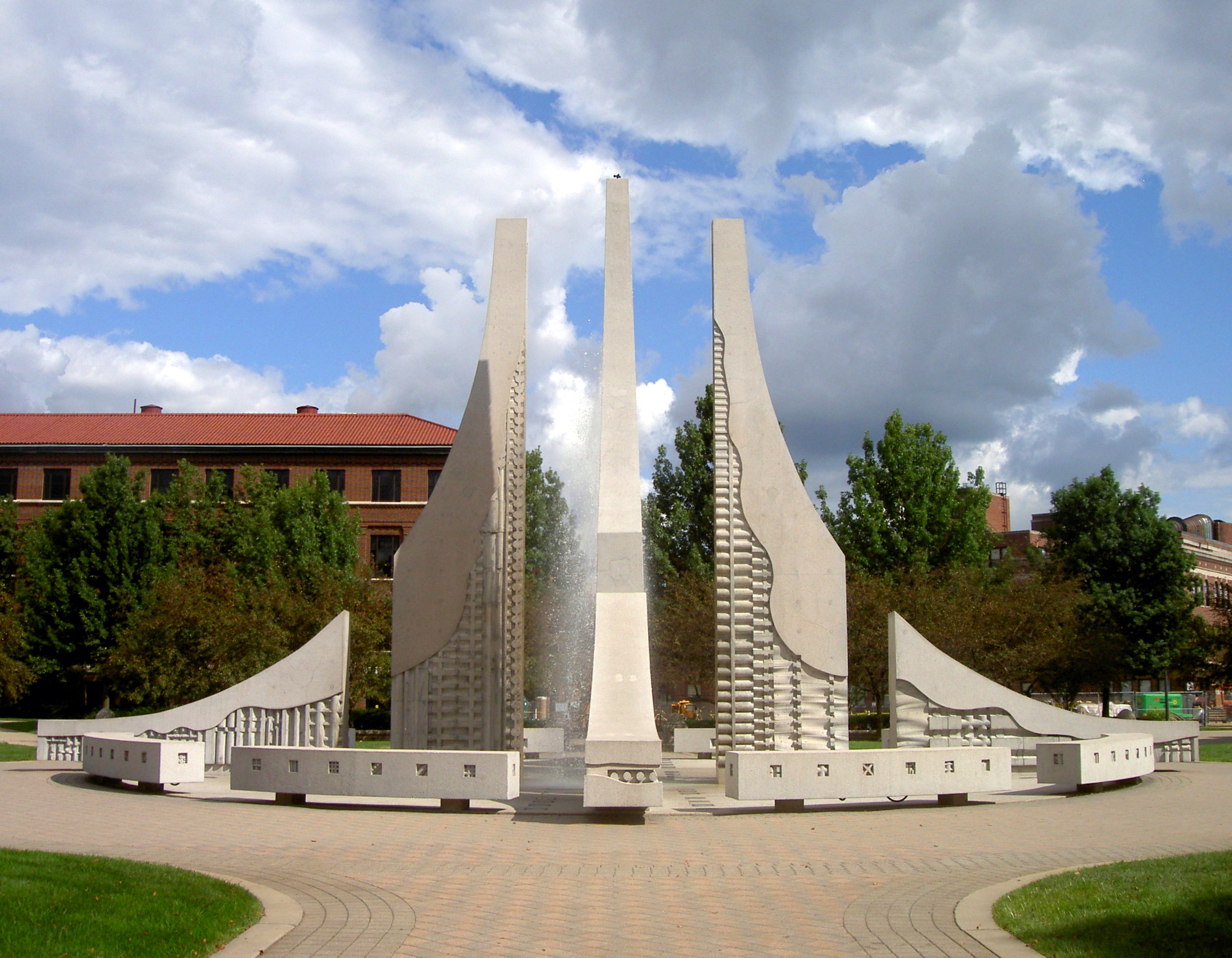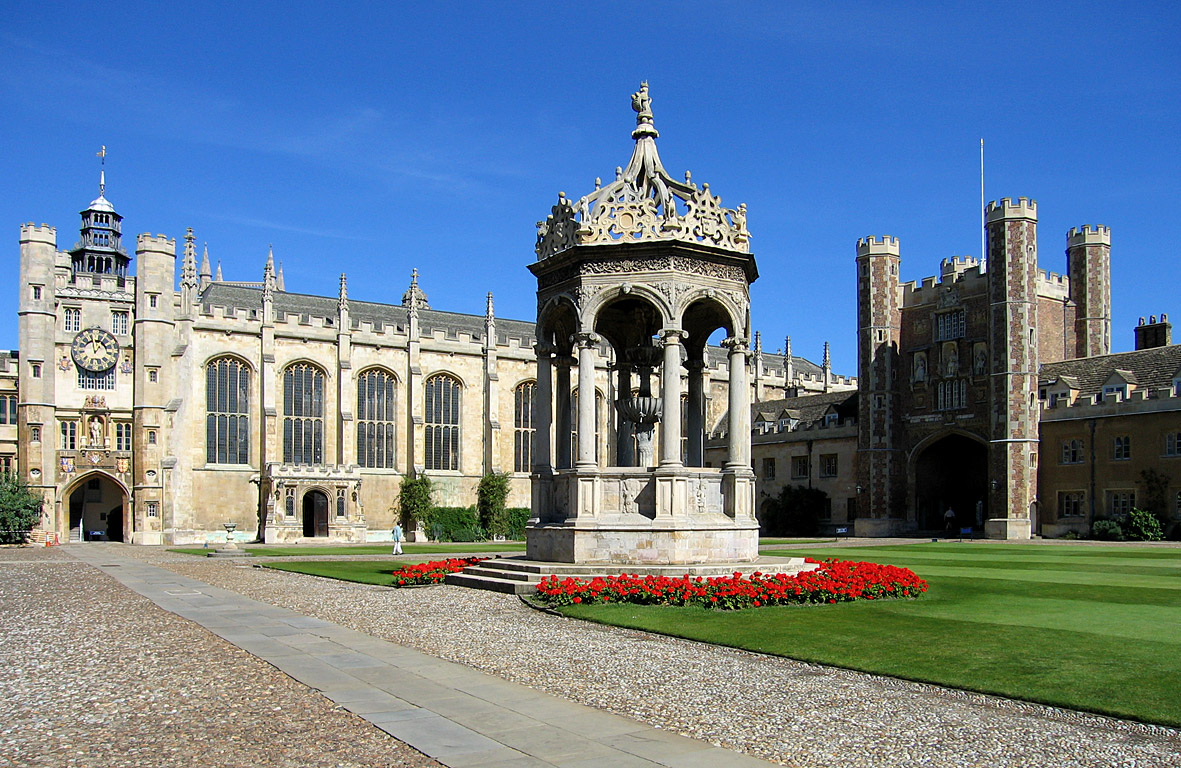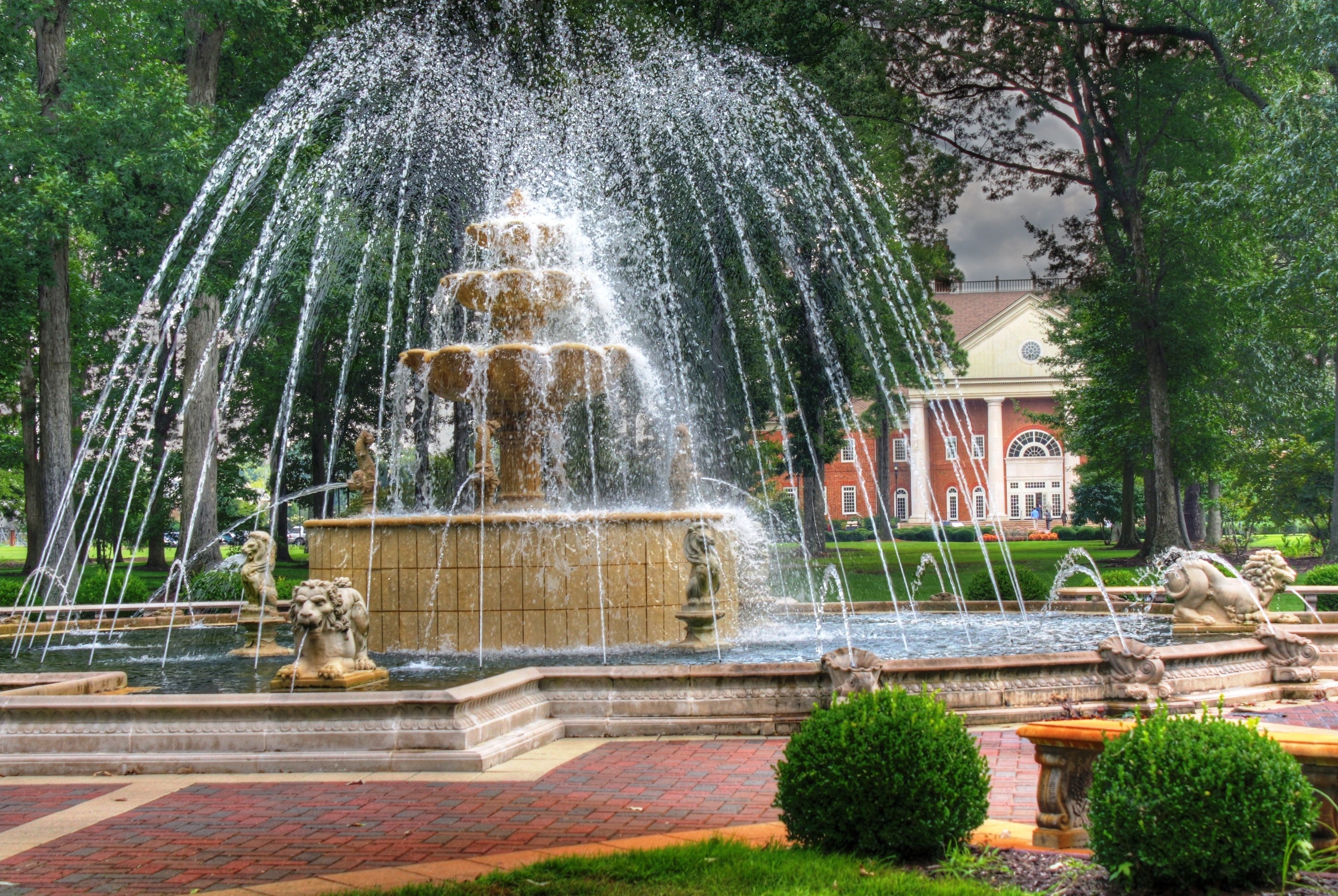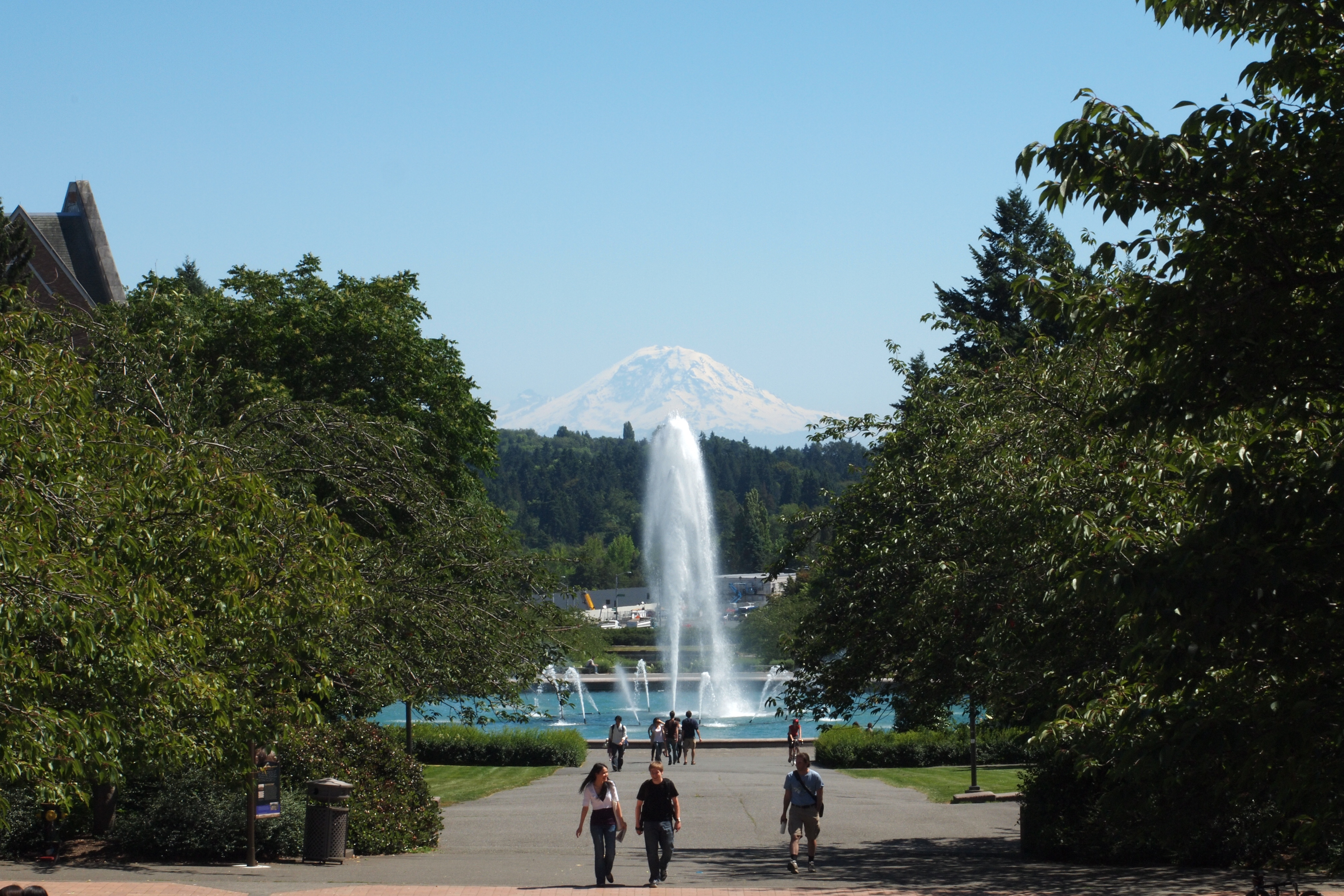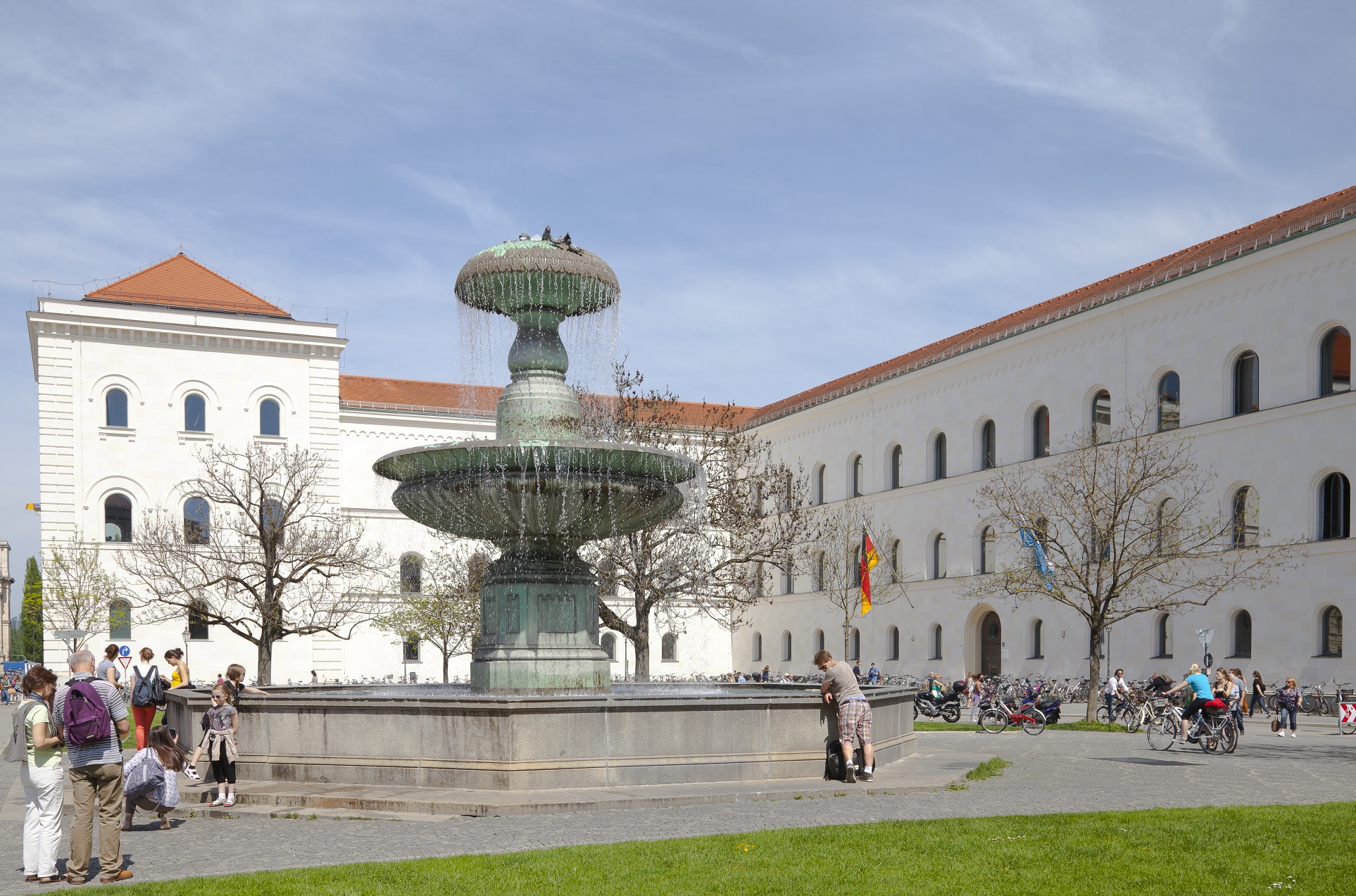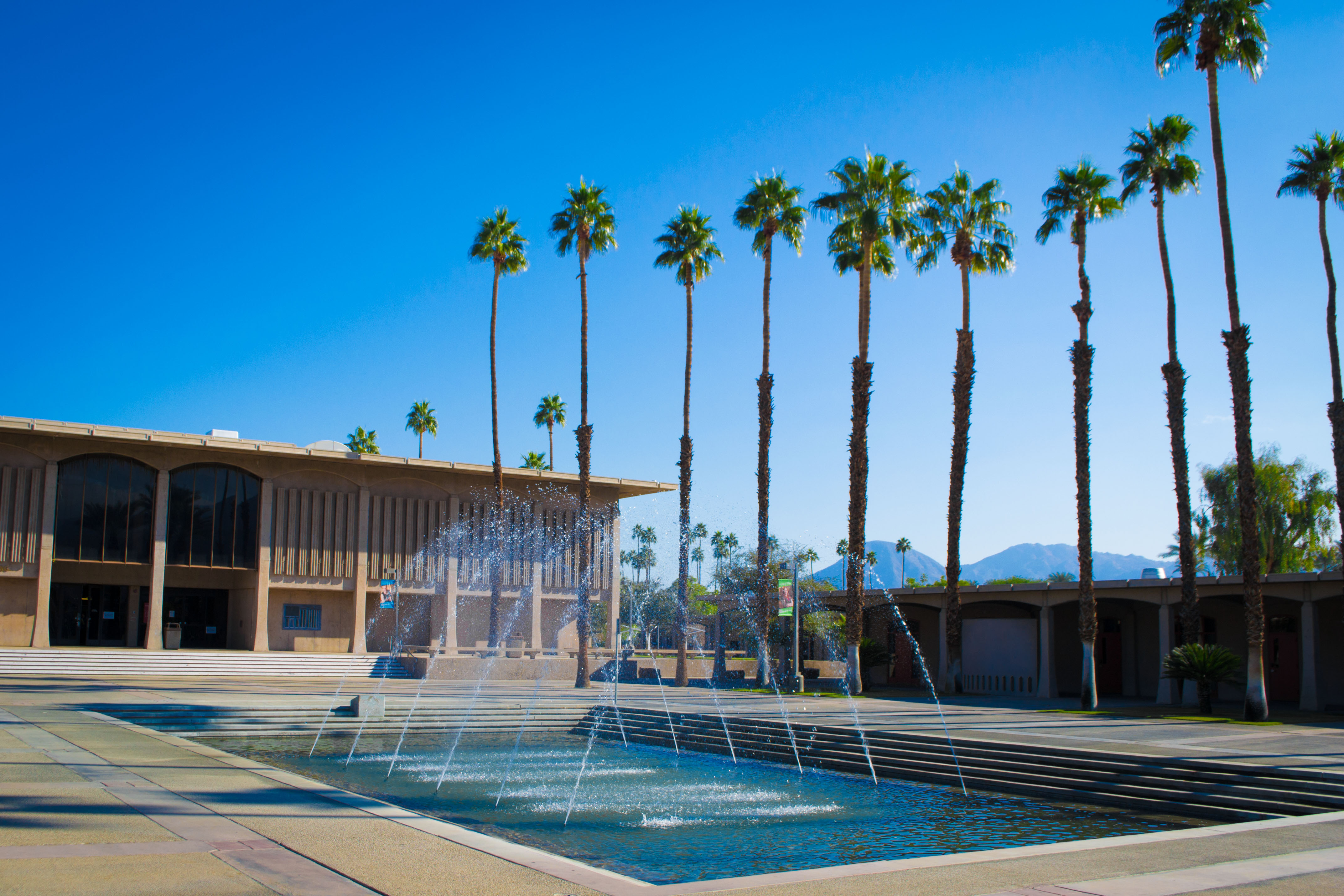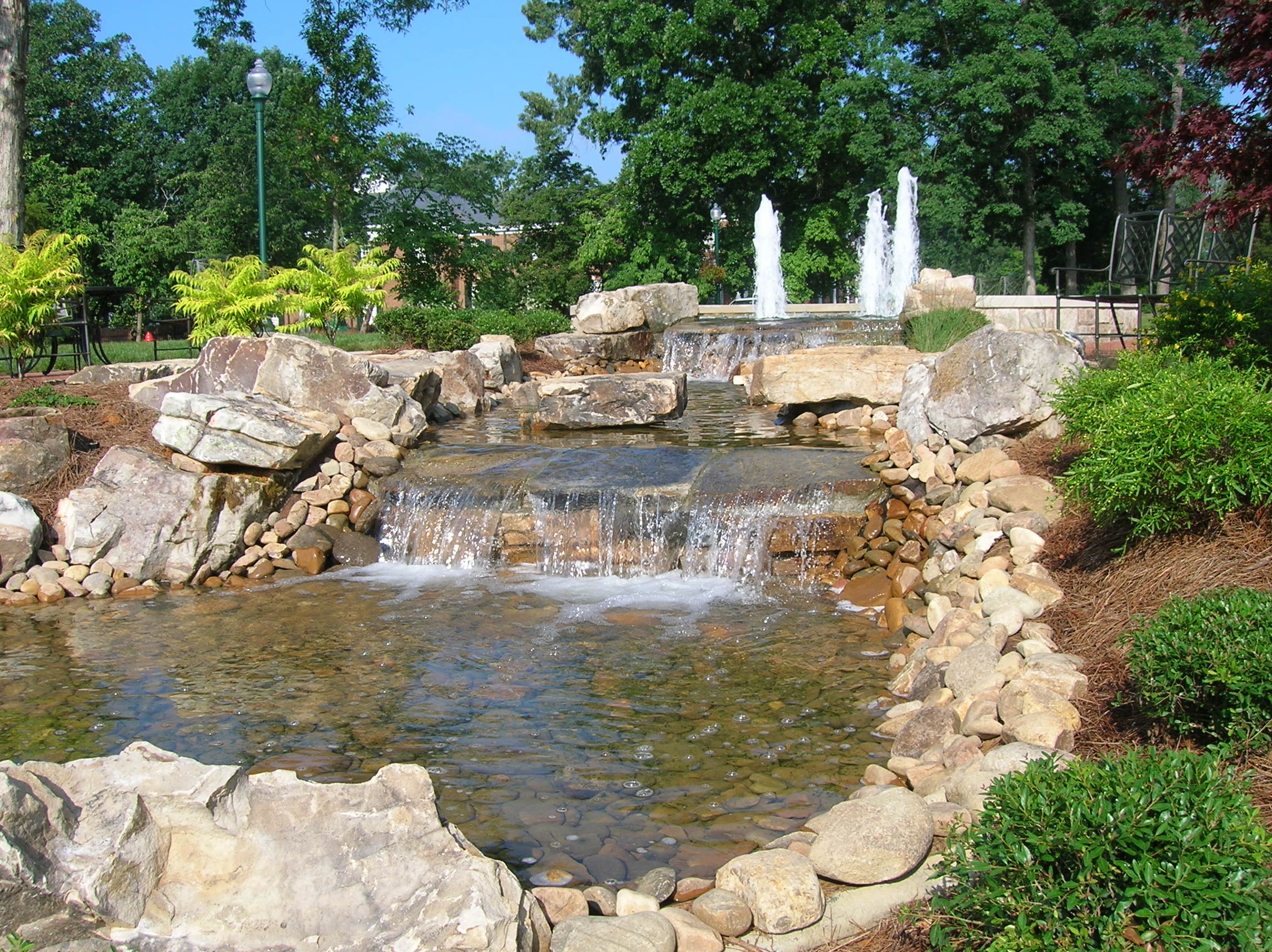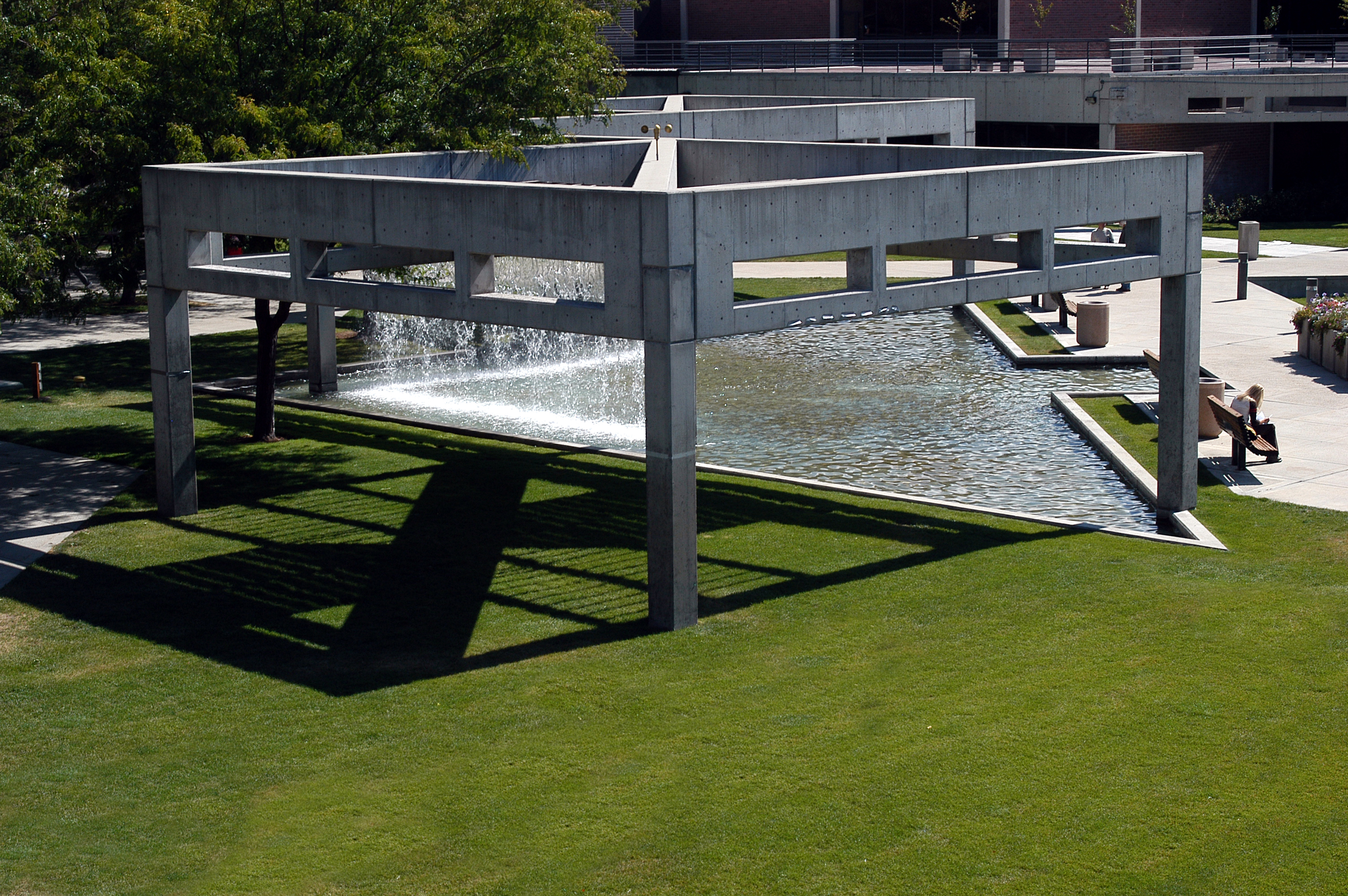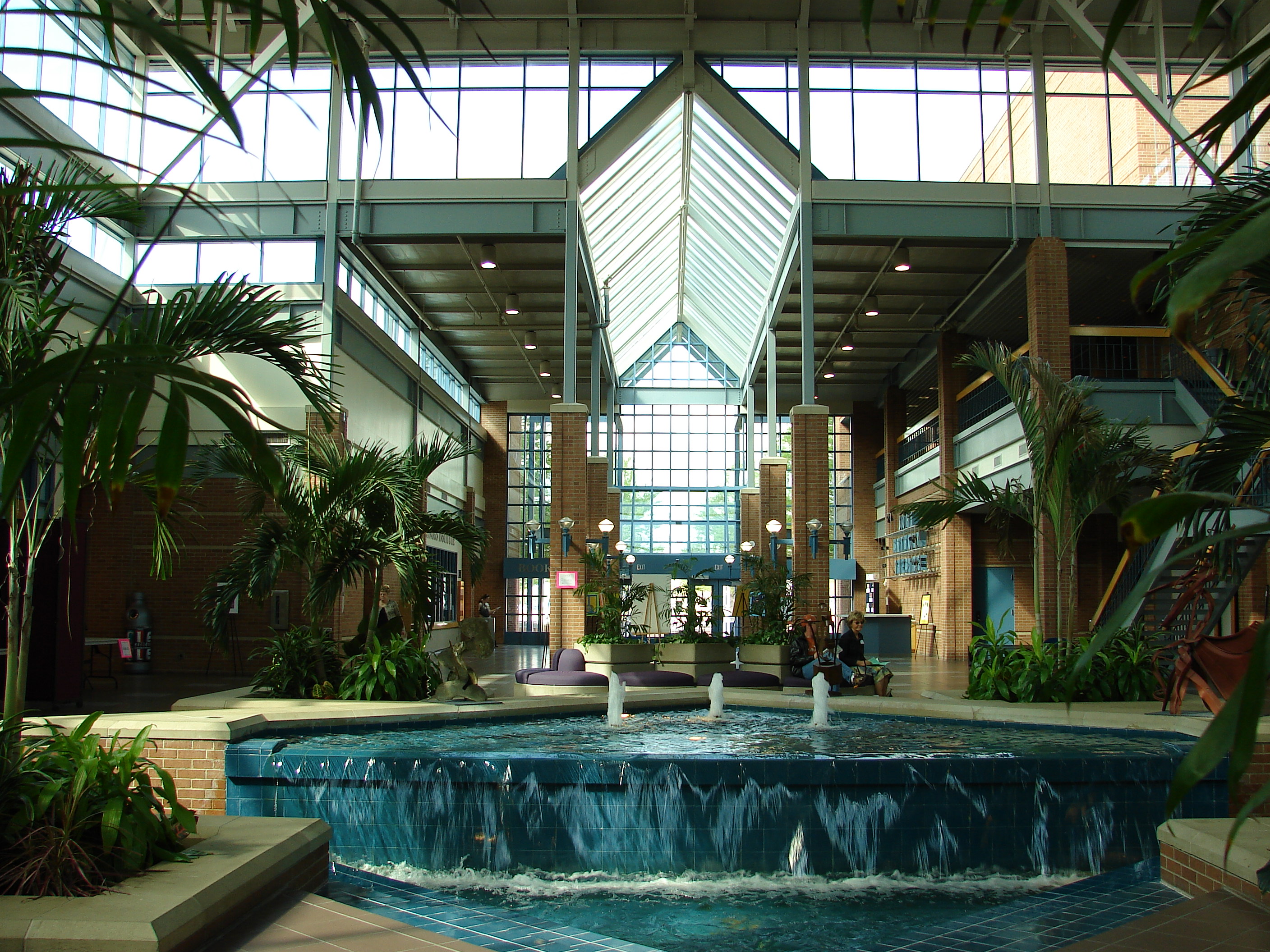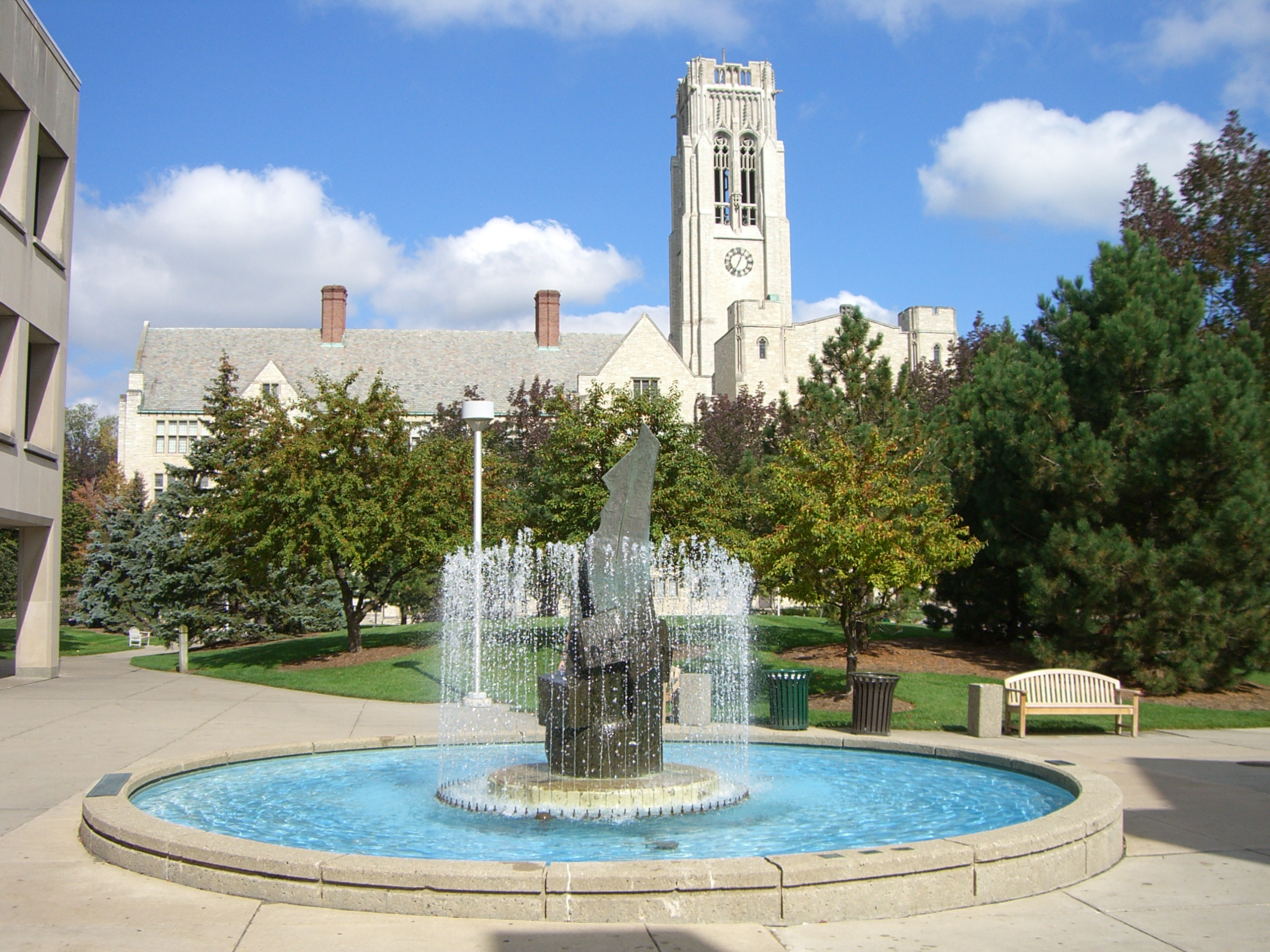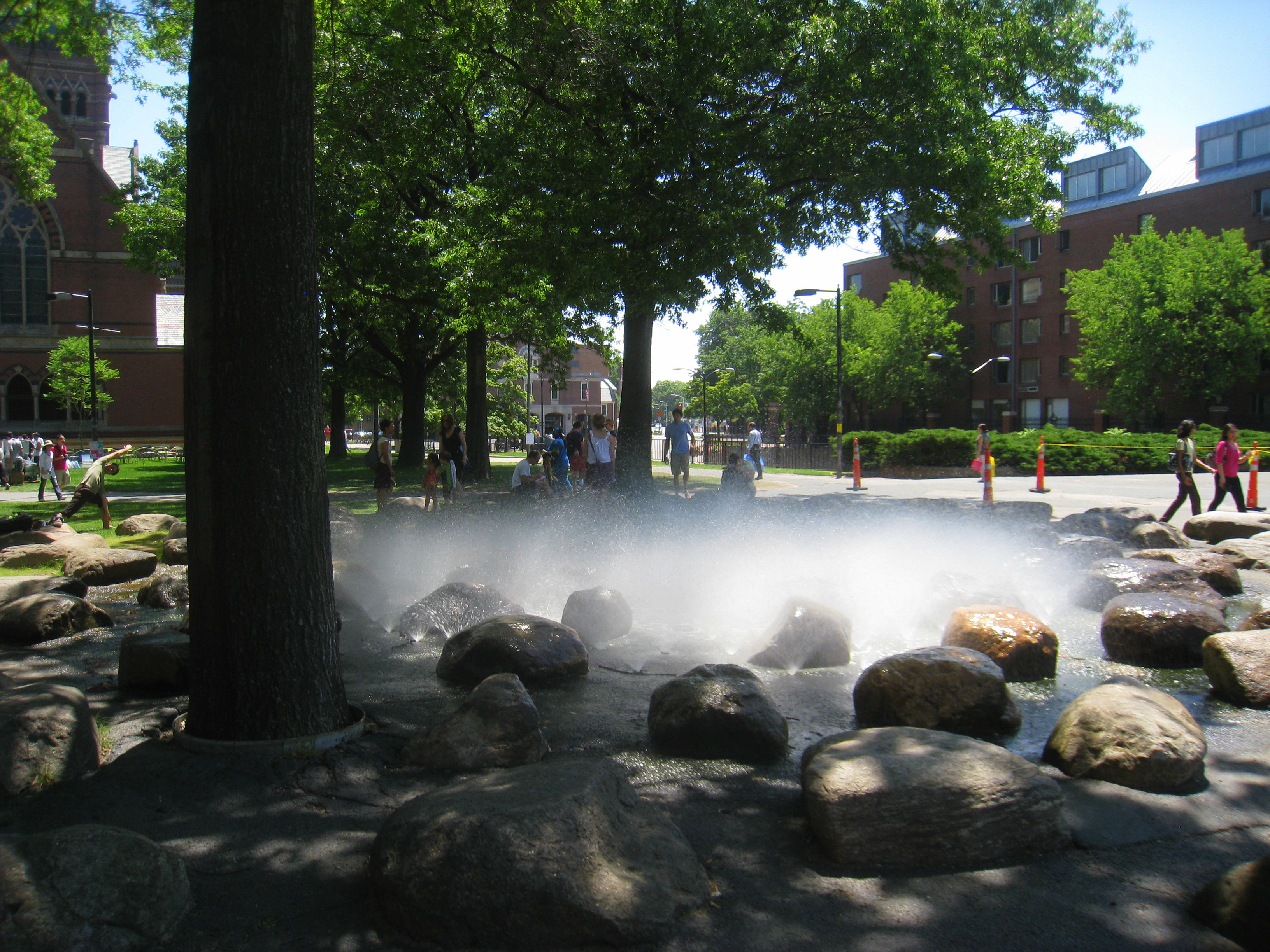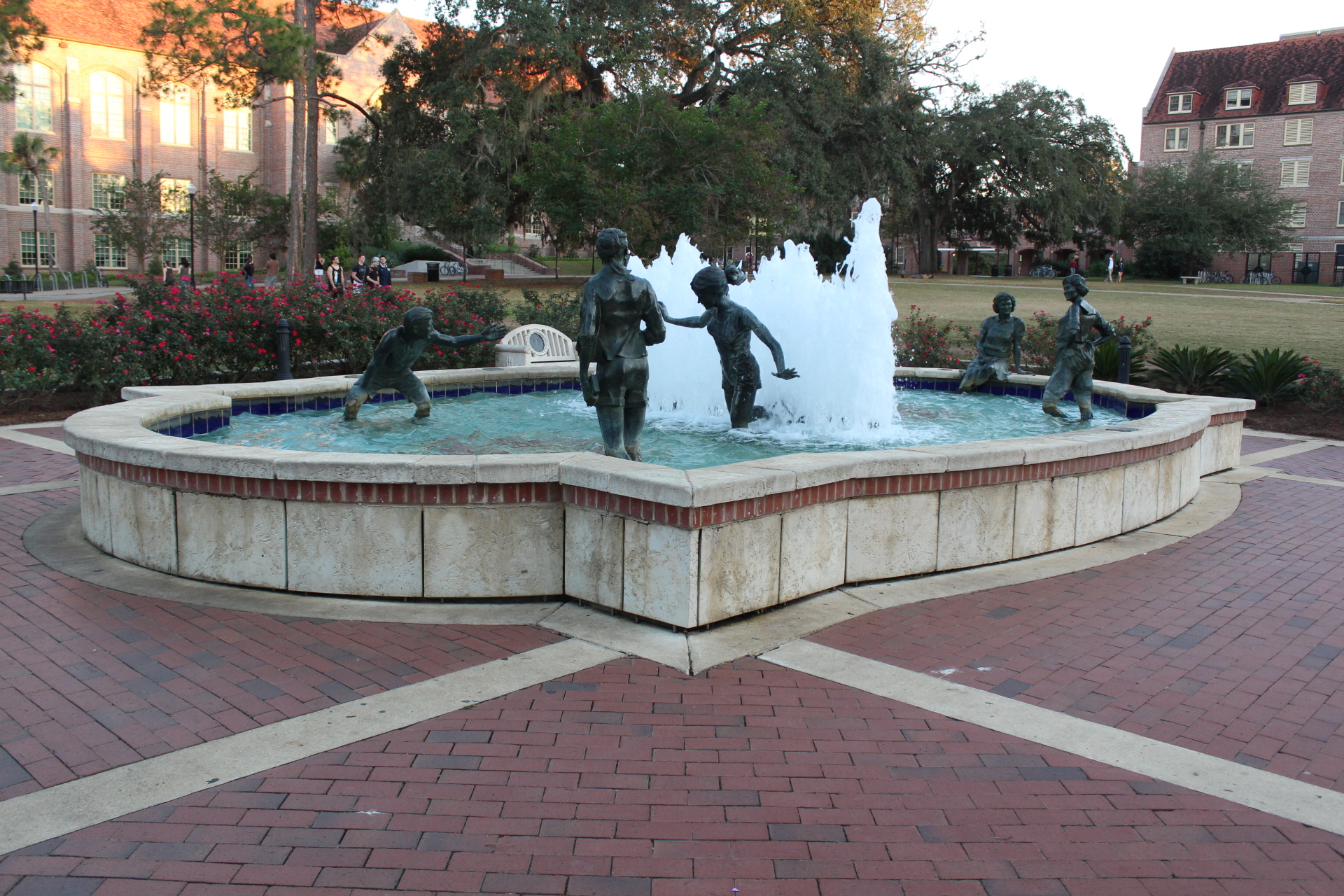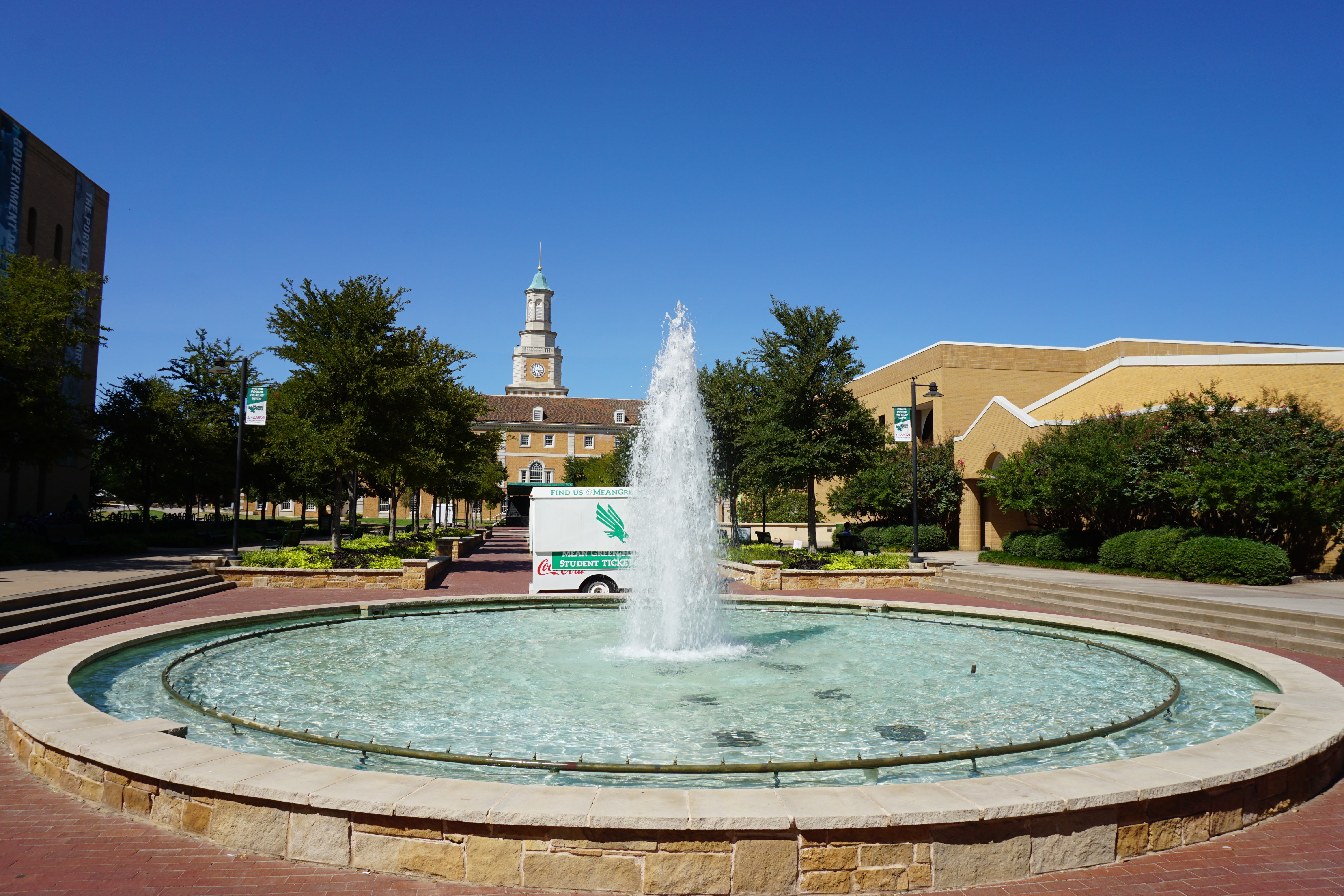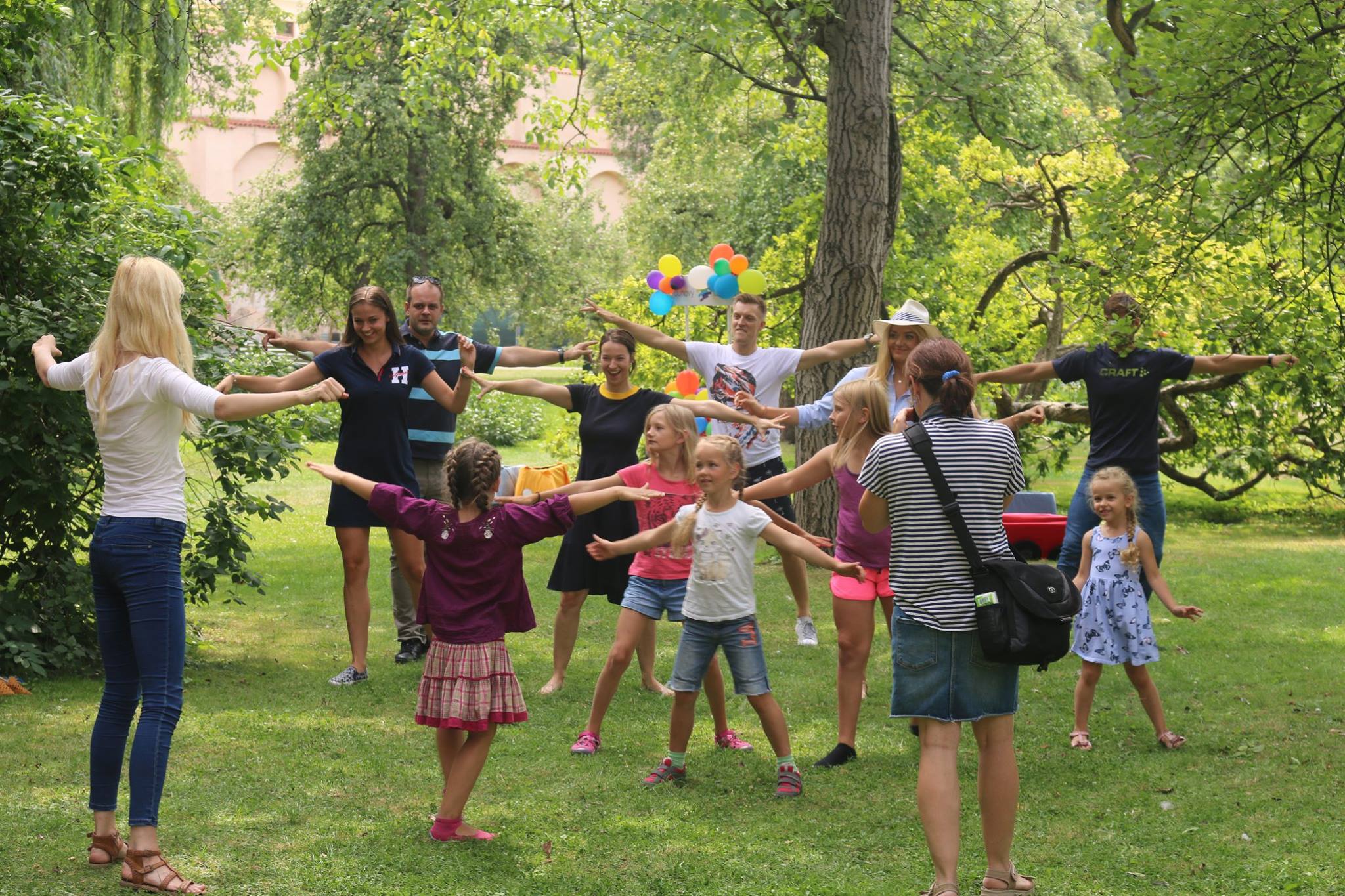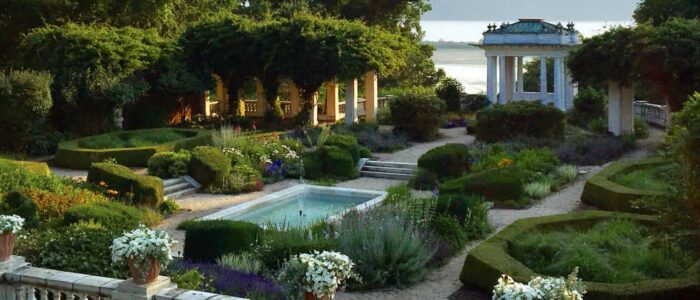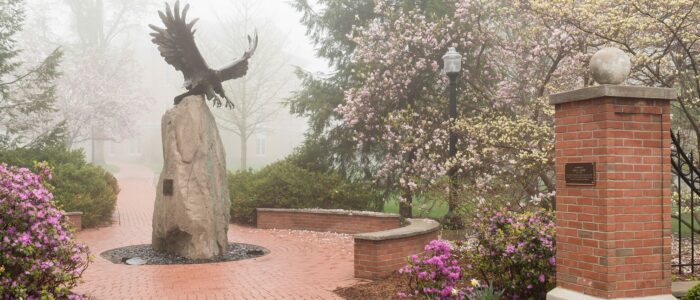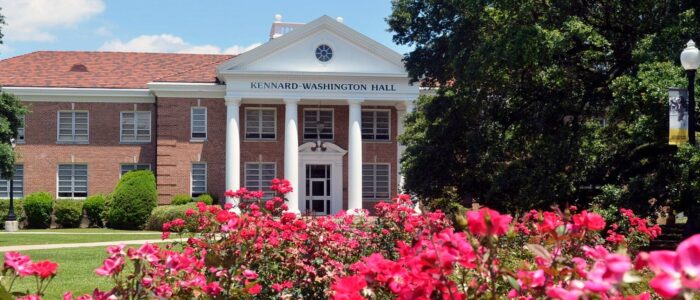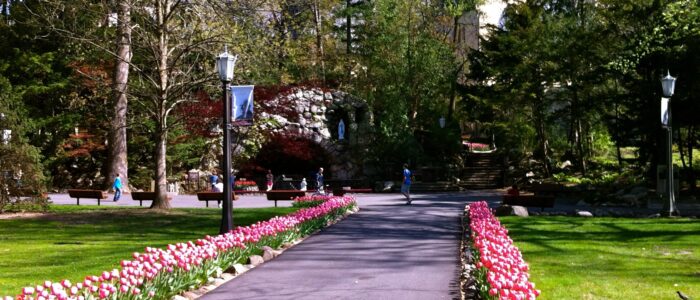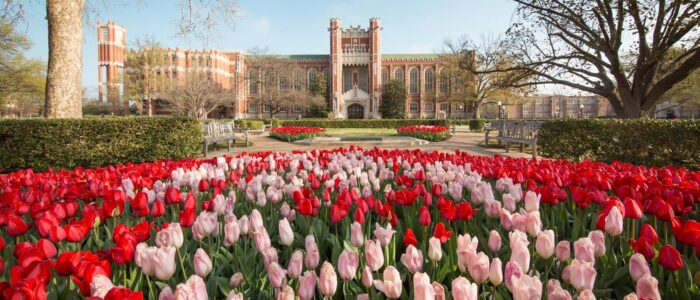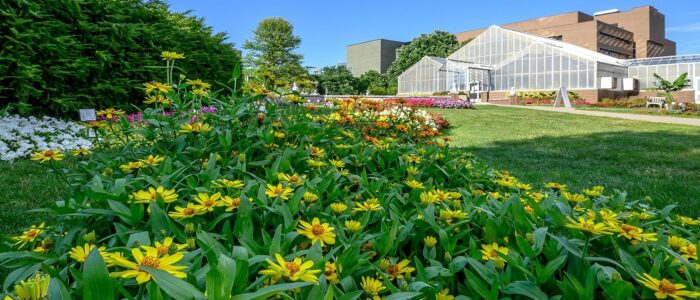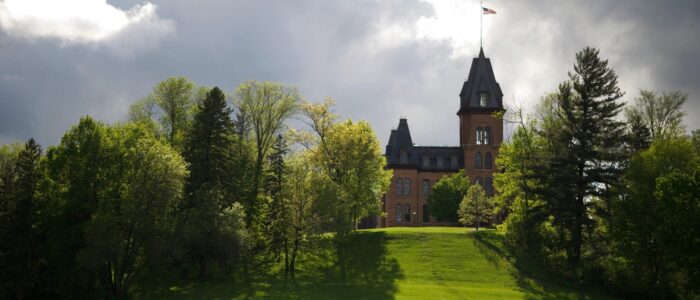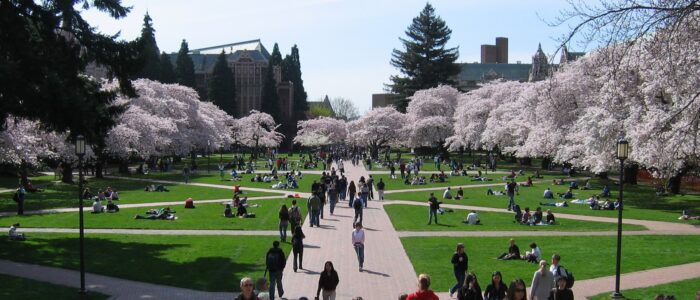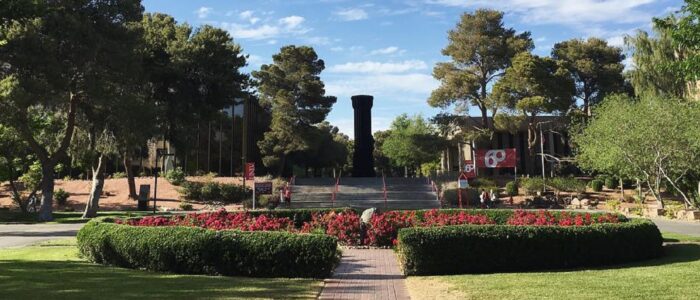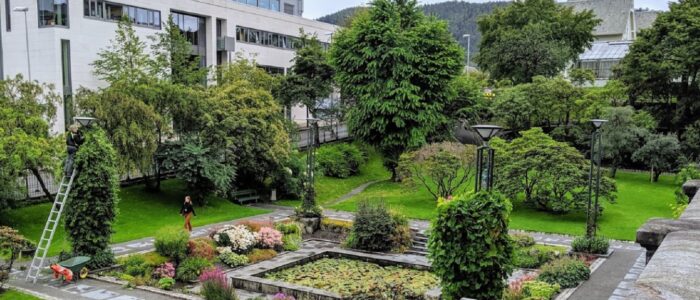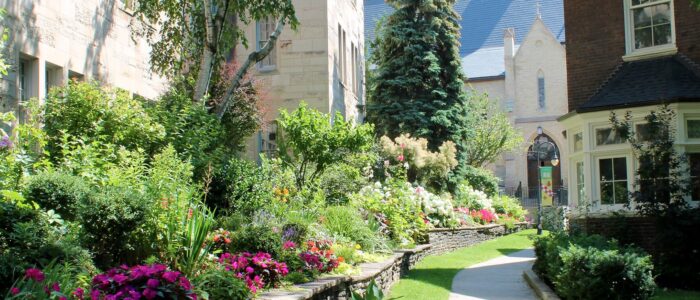Northwestern University Financial Report 2024: $19.260B (Page 8)
Spoon University, a prominent online food publication for college students, was founded in 2012 by Northwestern University students Sarah Adler and Mackenzie Barth. As juniors living off-campus, they struggled to cook and navigate the food scene, noticing a lack of youth-focused culinary media. This inspired them to launch a blog combining journalism and food, initially for Northwestern students.
The platform quickly grew, engaging 100 students at Northwestern to create recipes, restaurant reviews, and food-related content. Its success led to expansion, with students from other universities requesting chapters. By 2014, Spoon University had spread to over 100 campuses globally, amassing thousands of contributors. Supported by the Techstars accelerator and later acquired by Scripps Networks Interactive in 2017 for approximately $10 million, Spoon University became a key voice in the food movement, empowering young creators
BrewBike Wants You to Buy Your Next Cup of Cold Brew From the Back of a Bike




